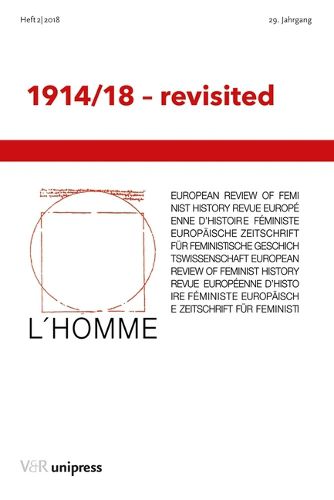Readings Newsletter
Become a Readings Member to make your shopping experience even easier.
Sign in or sign up for free!
You’re not far away from qualifying for FREE standard shipping within Australia
You’ve qualified for FREE standard shipping within Australia
The cart is loading…






The commemoration of the 100th year anniversary of the First World War in Hungary attracted significant attention. A large number of public events, conferences, exhibitions and publications were devoted to the centenary, several of them centrally launched and state-funded projects; universities and associations organised conferences and other events. The paper examines how these centenary projects represented gender and war. Most of them confined themselves to describing the gendered dichotomy of the front and the home front, details of mens and womens roles and gendered practices in society. Some of them also focused on the discussion of how certain female roles have changed mostly on the home front. The centenary projects were presented predominantly in the framework of traditional historical approaches. Only some of them challenged previously accepted discourses.
$9.00 standard shipping within Australia
FREE standard shipping within Australia for orders over $100.00
Express & International shipping calculated at checkout
The commemoration of the 100th year anniversary of the First World War in Hungary attracted significant attention. A large number of public events, conferences, exhibitions and publications were devoted to the centenary, several of them centrally launched and state-funded projects; universities and associations organised conferences and other events. The paper examines how these centenary projects represented gender and war. Most of them confined themselves to describing the gendered dichotomy of the front and the home front, details of mens and womens roles and gendered practices in society. Some of them also focused on the discussion of how certain female roles have changed mostly on the home front. The centenary projects were presented predominantly in the framework of traditional historical approaches. Only some of them challenged previously accepted discourses.